I’ve heard that Santa Cruz might be weird. I live in the redwoods above the city and maybe it’s a little strange here too. Sunset Magazine called Boulder Creek, just up the road, “absurdly rural.” In a search for the absurd, I considered visiting the nearby Bigfoot Museum to see if I could scare up a Sasquatch but turned instead to the park in my backyard, Quail Hollow Ranch County Park.
Since first visited the park, I’ve been intrigued by signs along the trail that say ” Sensitive Area Closed”. What are they hiding back there, behind the big shadowy arms of the live oaks?
This weekend, I found out. The Fish and Wildlife Service owns the property and there’s a good reason we can’t just go tramping around on it—and it has nothing to do with protecting Bigfoot’s habitat. Behind the signs is rare ecosystem harboring the true weirdos of Santa Cruz County: four plant species, a grasshopper, a beetle and a kangaroo rat that live nowhere else in the world.
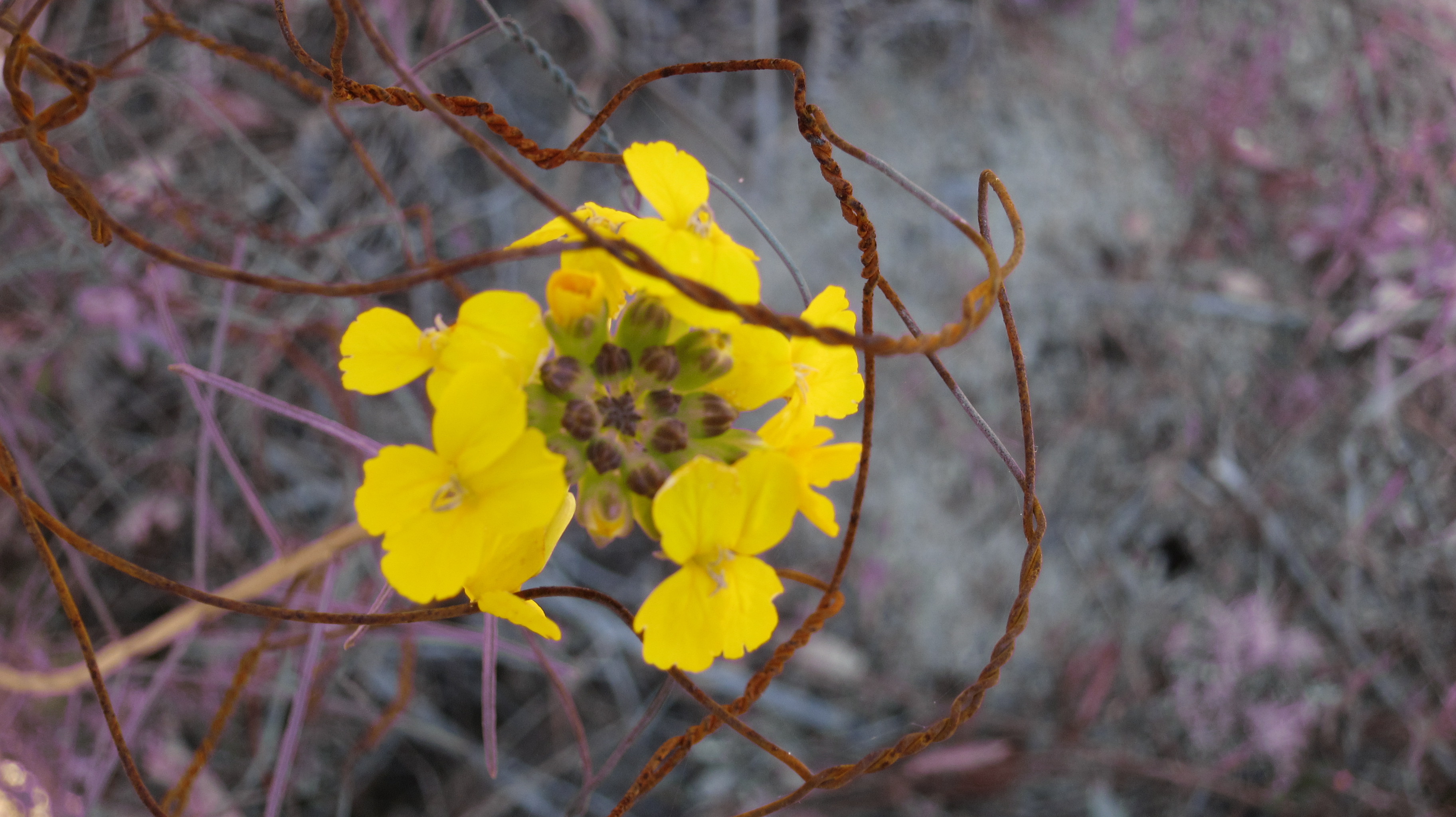
A cage protects this federally endangered Santa Cruz Wallflower (Erysimum teretifolium), found only in the Santa Cruz sandhills and nowhere else, from hungry deer. The plants live for two or three years, but only produce flowers once. If the flowers are chomped off, the plant misses out on reproducing. Photo by SJK.
The Santa Cruz sandhills are so fragile that only 60 people are allowed to visit this particular parcel each year, 15 at a time, during Sundays in April. The perilously rare plants that grow there thrive in sandy soil free of competition from other species. And they grow right in the middle of the trail. If you walk on the trail you inevitably STEP ON A FEDERALLY ENDANGERED SPECIES. During last Sunday’s tour I was caught between the perverse thrill of having permission to accidentally trammel rare plants and the horror of doing so.
At the
beginning of the walk, our guide Shane, a systems engineer with a passion for geology and botany, pulled out some fossils to demonstrate the origins of the mountaintop beach in our backyard. He presented us with sand dollars, which are found in the 15 million-year-old silica soils only a short distance from redwood forests.
The coarse texture of the sand and the way nutrients and water slip through it fostered the evolution of the rare collection of heat, sun and drought-adapted plants a
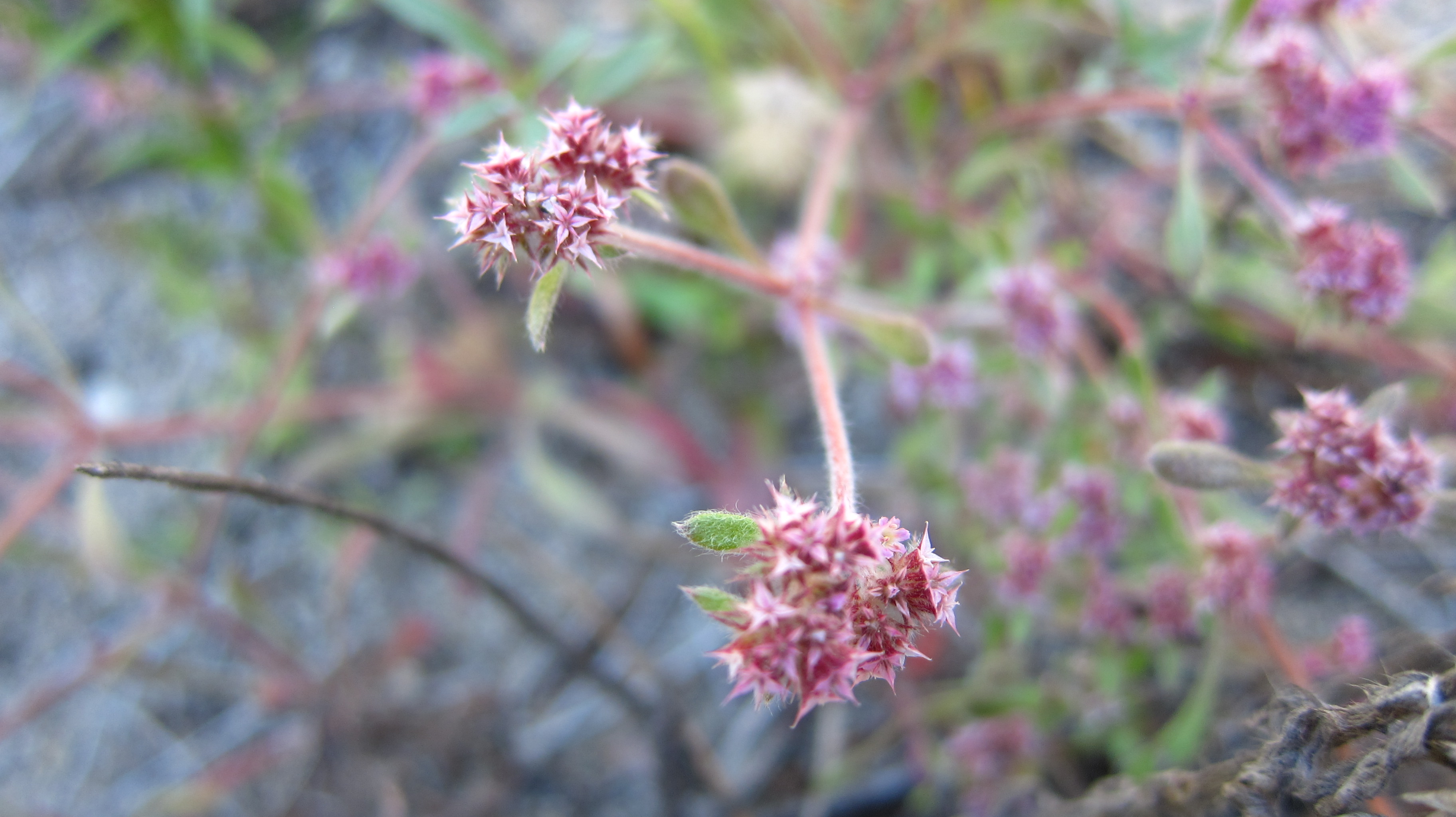
Though naturally rare, endangered and found only in the Santa Cruz sandhills, the Santa Cruz spineflower (Chorizanthe pungens var. hartwegiana) carpets the ground where it grows. Photo by SJK.
nd animals that live there today. Since the early 1900s that sand has also been attractive for many industrial uses from making bottles, and now optics and silicon wafers. There’s an active sand quarry just across the street from Quail Hollow and six have been active in the area at different times.
The sandhills habitat has been destroyed, degraded and fragmented by mining but also by residential developments like the one I live in, vineyards, orchards and recreation. During the walk, Shane credited Jodi McGraw for assembling much of what people know about the sandhills as a UC Berkeley doctoral student. Her website about the sandhills says that there were about 6,000 acres of the naturally rare ecosystem and about 60 percent remains today. However, most of that land is not protected.
Now, when I climb a hill around my house and look out on mountains carpeted with green, I see the white sandy patches peeking through and think they are some of the most special things in my absurdly rural neighborhood (though the neon lumberjack is a close second). I came expecting to be enamored by redwoods but I also found the Santa Cruz Wallflower and the Ben Lomond Spineflower. Thank goodness for the weirdos.

In California, these Ponderosa Pines usually grow above 3000 feet in the Sierra Nevadas. In Santa Cruz county they are a low elevation oddity where they survive in the sandhills.
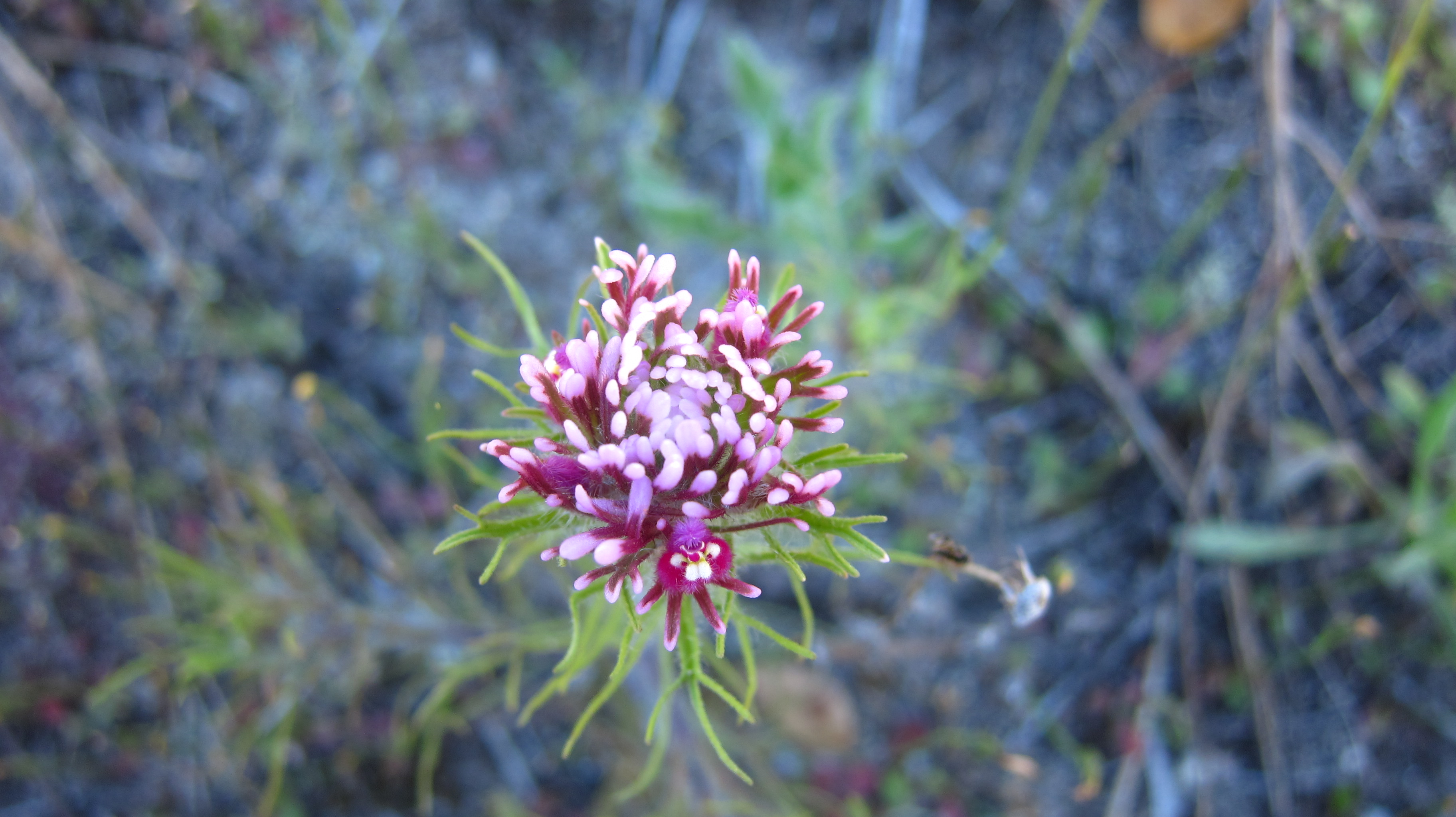
Purple Owl’s Clover (Castilleja exserta) is a grassland flower that’s not rare, but it’s pretty. Photo by SJK.

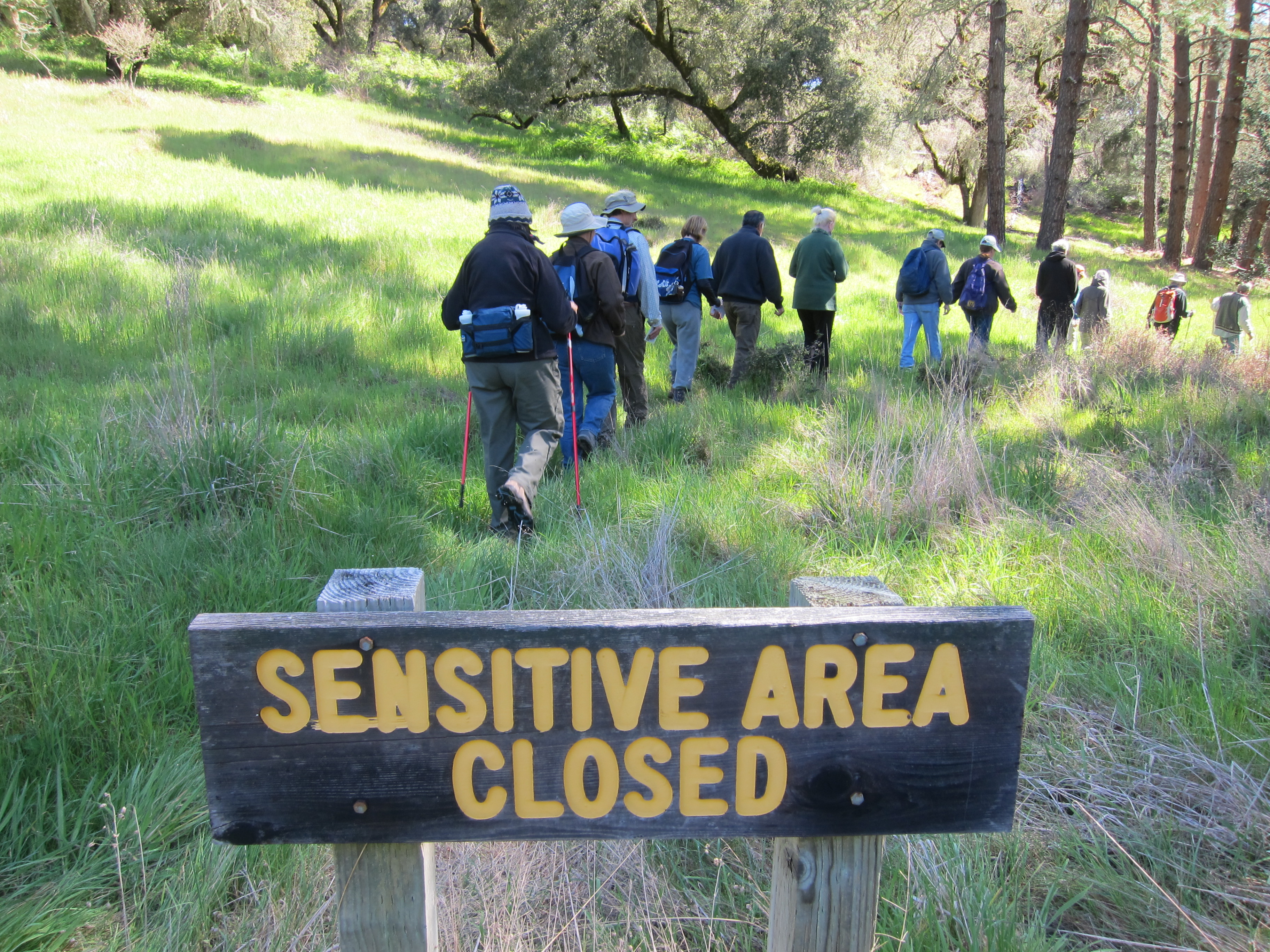
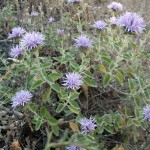


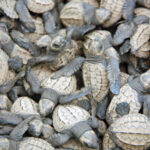
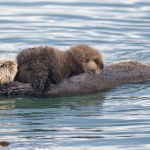
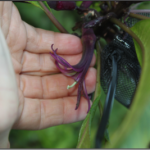
How awesome, Sarah! I love your photos! Sand dollars and kangaroo rats in the sand hills??!! I had no idea… Thanks for sharing your perverse, plant-trampling thrills. :)